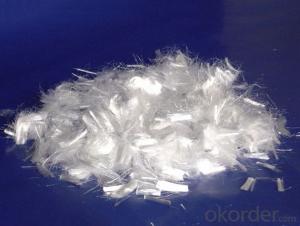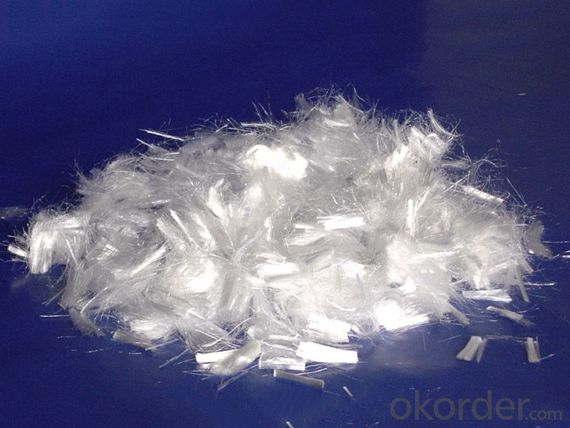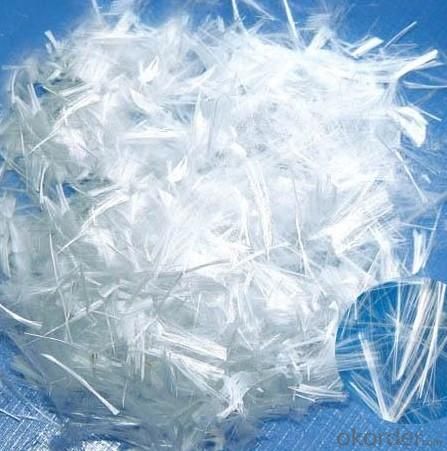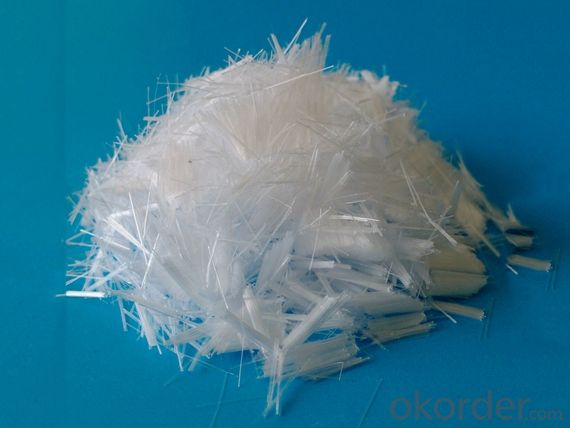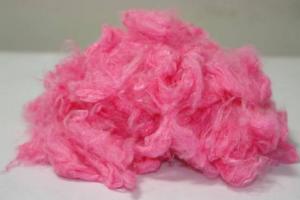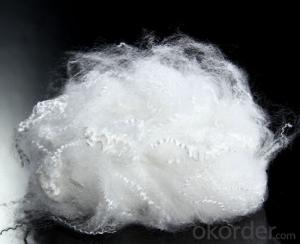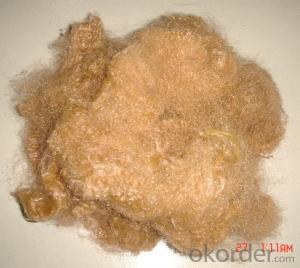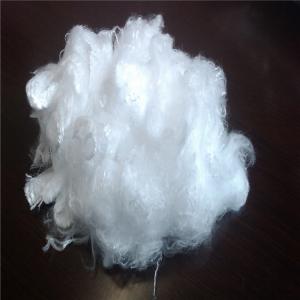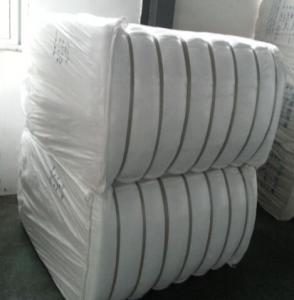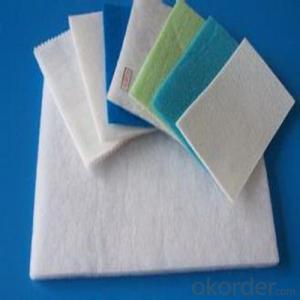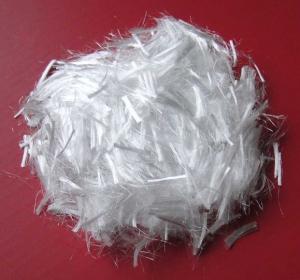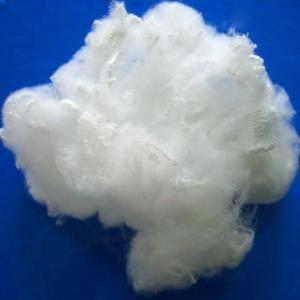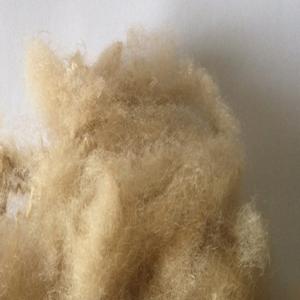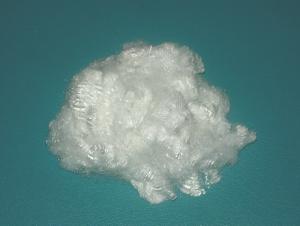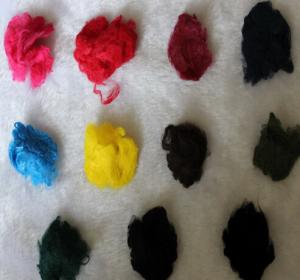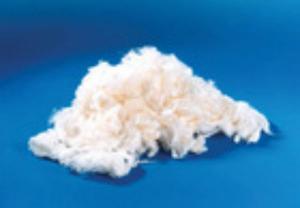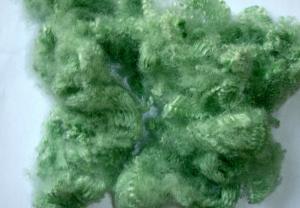Polypropylene Enginnering Fiber, Concrete Additive
- Loading Port:
- China main port
- Payment Terms:
- TT OR LC
- Min Order Qty:
- 1 m.t.
- Supply Capability:
- 3000 m.t./month
OKorder Service Pledge
OKorder Financial Service
You Might Also Like
Specification of Polypropylene Fiber
Raw material: polypropylene
Type: MonofilamentMelting point:160~180℃
Material | Polypropylene | Type of fiber | Bunchy single fiber |
Density | 0.91 | Anti-pulling strength | >450Mpa |
Anti acid and alkali | Extremely strong | Elasticity modulus | >3.5Gpa |
Melting Point | >165℃ | Diameter | 18-48um |
Safety | Good | Water absorption | without |
Thermal Conductance | Extremely bad | Stretching limitation | >15% |
Low temperatureresistance | high | Specification | 3/6/9/19mm |
Function of Polypropylene Fiber
Crack resistance of concrete
To improve concrete impermeability
To improve freeze-thaw resistance of concrete
Improve impact resistance and toughness of concrete
To improve the durability of concrete
Application of Polypropylene Fiber
PP fiber for building can enhance the crack resistance, anti-permeability, anti-abrasion performance, frost-resistance, antiknock and workability of mortar and concrete. Due to the uniform distribution of tens of thousands of fibers in the mortar and concrete, keeping the whole structure strong, avoiding the structure being struck to pieces, preventing the steel from corroding, lengthening the service life of the project and reducing the maintaining cost.
Application Area
Used for crack-resistance putty powder, heat retaining mortar, concrete, building’s surface, wass, ground, pool, undercroft, road and bridge projects.
Advice on Construction
The mixed fibers quantity per CBM mortar for common plastering mortar: 0.9-1.2kg, usually 1kg/m3
The mixed fibers quantity per ton mortar for heat maintaining mortar:1-3kg
The mixed fibers quantity per CBM concrete”0.6-1.8kg, normally 0.9kg/m3
Package of Polypropylene Fiber
common 0.9 or 1kg per bag. Maybe modified with customer’s requirements.

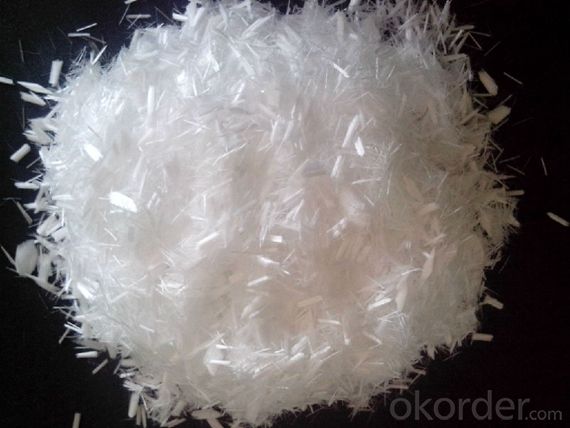
- Q: How to make fiber streamline test for forging parts?
- With 1:1 hydrochloric acid water heating, not necessarily boil, about 75 degrees can be, in acid solution for 25-20 minutes. Then take out and rinse with alcohol. Use a magnifying glass that is no more than 100 times larger. Only the streamline of the forging is clear, the direction of the inclusion in the forging process of the metal is the direction of the streamline
- Q: Sliding door pulley which is good?
- In the market, the material of the pulley outer cover is plastic pulley, metal pulley and nylon, fiberglass pulley 4 kinds.Plastic pulleys are tough but easy to break, and they become tough and tough when used for a long time, and the feel of pushing and pulling becomes very bad;The metal pulley is strong but easy to generate noise when it is in contact with the track;
- Q: Viscose fiber and bamboo fiber is the same?
- Is a category of bamboo fiber, regenerated cellulose fiber, bamboo viscose fiber which belongs to the chemical fiber, just add bamboo fiber regenerated cellulose or bamboo charcoal particles in the processing process, the bamboo fiber is another category of bamboo fiber, bamboo fiber is extracted directly from the bamboo fiber, more healthy ecosystem, but fiber as the strength of viscose fiber
- Q: Identification of carbon fiber frames
- As for the frame you mentioned, you can try to break it with your hands. If it is easy to bend and cannot be restored, it may be false. Another look at the price, carbon fiber products are generally more expensive. Personally think that the frame is not necessary to use carbon fiber reinforced, and not to take on the ground knock, probably is just a gimmick to sell products.
- Q: Which is more durable, bamboo or cotton?
- We should compare it in several ways.1. From durability, pure cotton is more durable than bamboo fiber.2, from the skin contact comfort, bamboo fiber is much more comfortable than pure cotton.3, summer with bamboo fiber comfortable, cool and comfortable, sweat absorption strong. The winter is good for pure cotton4, the price of bamboo fiber is more expensive than pure cotton.
- Q: What kind of fabric is polyester fiber with spandex?
- The production of Spandex, for the winding tension, cylinder number, fracture strength, fracture elongation, forming of oil adhesion amount of elastic recovery and so on, they should pay special attention to these problems directly affect the weave, especially in the production of knitted single-sided cloth more should pay attention to.
- Q: Which is better, superfine fiber or PU material?
- As fine denier microfiber, greatly reduce the stiffness of the silk, made the fabric feel very soft, fine fiber layer structure can also increase the wire, increasing the surface area and the capillary effect, the fiber internal reflected light distribution on the surface is more delicate, so elegant with silk like luster, and good wet absorbent powder. Made with microfiber clothing, comfortable, beautiful, warm, breathable, good drapability and fullness, has significantly improved in terms of hydrophobic and anti fouling, with large surface area and soft characteristics of different organizational structures can be designed so that more sunlight heat dissipation or faster temperature play a role in cool in the summer.
- Q: What fabric is sticky fiber?
- There is no adhesive fiber in textiles, which is only viscose.
- Q: What is the designated outer fiber?
- The fiber was approved by the Federal Trade Commission in February and was named as "Lastol", but it was also considered "designated outside fiber" in japan".DOW is the largest manufacturer of polyolefins in the world, and the DOW XLA fiber has been successfully developed in 2002. The company said: "the growth rate of the world's elastic fiber market is estimated at 6 to 8%, and after 10 years expect DOW XLA fiber to hold 10% of the market share.".
- Q: What are fiber tapes?
- Household appliances packaging such as washing machines, refrigerators, freezers and other metal and wooden furniture packaging, pad / carton transport, carton packaging, zero items packaging. Double sided tape is more suitable for sticking rubber products.
Send your message to us
Polypropylene Enginnering Fiber, Concrete Additive
- Loading Port:
- China main port
- Payment Terms:
- TT OR LC
- Min Order Qty:
- 1 m.t.
- Supply Capability:
- 3000 m.t./month
OKorder Service Pledge
OKorder Financial Service
Similar products
Hot products
Hot Searches
Related keywords
